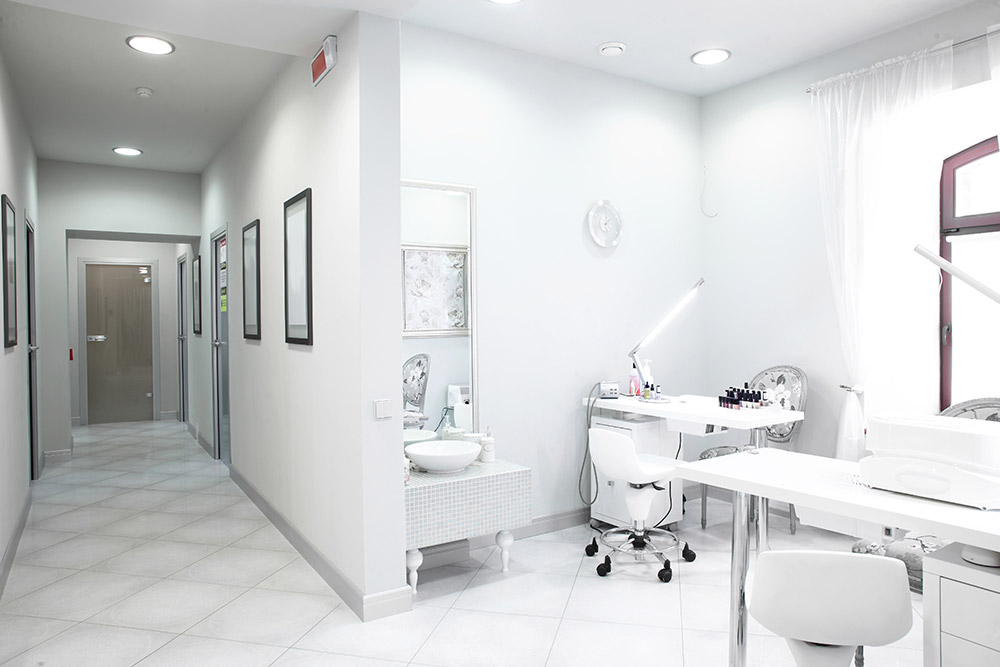
Step into a clinic. Not a cold, sterile one — but the kind where the air smells faintly of eucalyptus tea, where the light is soft enough that you don’t squint, and the receptionist looks up when you walk in. That instant exhale you just imagined? That’s not an accident. That’s design.
A well-executed Juma Projects medical fitout in Melbourne is more than just a design. It's a silent handshake that communicates trust and comfort without words. It's a way of saying 'welcome' that settles your shoulders and assures you that you’re in good hands.
Picture this. You’re five minutes early. You slump into a chair that doesn’t feel like it was designed for an interrogation room. There’s space between you and the next person. The hum of conversation is low, private. Somewhere nearby, a small indoor plant is doing its best to be a tree. The magazines on the table aren’t six months out of date, and there’s a subtle playlist in the background that feels intentional, not random.
This isn’t luxury. It’s a medical fitout that understands the first five minutes of a visit set the tone for everything that follows.
White walls can be… fine. But fine isn’t calming. And fine doesn’t build trust. That’s why many medical fitout designs trade the “hospital whiteout” for soft greens, gentle blues, or warm greys.
These aren’t just colours; they’re emotional cues. They tell your nervous system, you’re safe. Add a timber detail here, a woven rug there, maybe a print of gum leaves on the wall — suddenly the space feels like it belongs to humans, not just medicine. The result is a clinic that encourages you to breathe deeper, to unclench your jaw, to feel like your visit is more than a transaction.
Nobody wants to hear the guy in the next room describing his rash. And honestly, nobody wants their private details leaking into the hallway either.
A thoughtful medical fitout handles this with sound-absorbing materials, clever layouts, and doors that seal. You don’t notice it consciously. But what about your sense of privacy and comfort level? Through the roof.
In a good clinic, you never have to stop and think, Where do I go now? That’s because the flow — from reception to waiting to consult — feels obvious, almost instinctive.
A medical fitout isn’t just about making spaces look nice; it’s about arranging them so both patients and staff can move without awkward detours. No mystery hallways. No bumping into a trolley of medical supplies while trying to find the toilet. When the space works, you barely notice — which is the point.
There’s a world of difference between a stiff, wipe-clean chair and one that’s both clean and kind to your back. Between a coffee table that collects dust and one that invites you to lean in, pick up a book, and relax for a moment.
When a medical fitout includes furniture that balances practicality and comfort, it’s like the clinic is saying, We thought about you. Even here.
Fluorescent glare? No thanks. A considered medical fitout uses layers of light — bright where tasks need precision, warm where patients need calm. In a consult room, dimmers can turn “clinical procedure” into “gentle conversation” in seconds.
It’s such a quiet detail, but it changes everything. Light has a way of influencing mood without you realising, and in healthcare, that mood can shift the entire experience from tense to reassuring in a heartbeat.
You could say, “People come for healthcare, not décor.” True. But humans aren’t machines. How we feel in a space changes how we speak, listen, and trust.
A medical fitout that’s designed with empathy can help patients relax enough to share symptoms they might otherwise withhold. It can help reduce a parent's stress when their child is in the next room. It can make a first-time visitor think, I’d come back here.
There’s a GP clinic in Fremantle that used to be all tile floors and buzzing lights. The doctors were great, but the vibe? Cold. Last year, they revamped their medical fitout. Now, there’s a sunlit nook with armchairs, art from a local painter, even a jar of fresh flowers on the counter.
Patients started arriving earlier, not later. Parents lingered a little in the waiting area after check-ups, chatting instead of rushing out. Staff noticed fewer anxious patients and smoother consultations. The medicine stayed the same — but the experience? It was completely transformed. This is the power of a well-designed medical fitout.
A medical fitout from Juma Projects isn’t just an expense. It’s an invisible partner in patient care. Done right, it says what brochures and websites can’t: We care enough to make you feel at home here.
And sometimes, that’s the difference between a place you have to visit… and one you don’t mind coming back to.

This post has been authored and published by one of our premium contributors, who are experts in their fields. They bring high-quality, well-researched content that adds significant value to our platform.